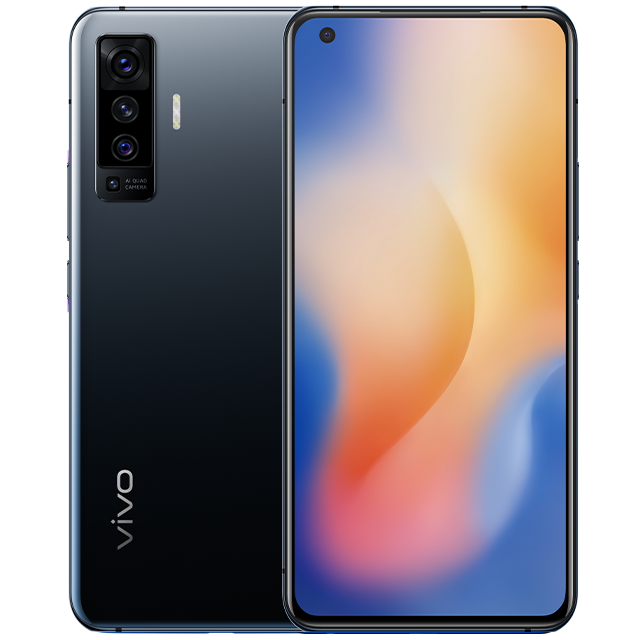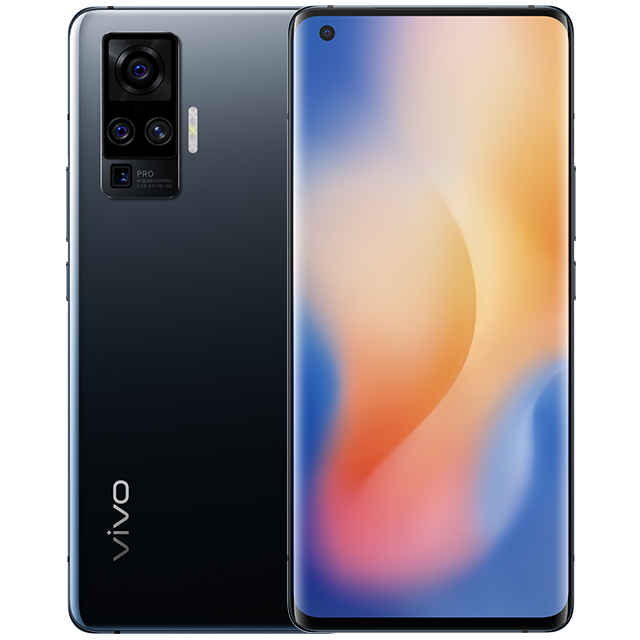Vivo has been steadily making inroads in a lot of key markets, including India and its home market China. The company has also been adding new products to its growing portfolio, with devices like the Vivo V19 in India and the Vivo iQOO Z1 in China, which is also the first device to run on the new MediaTek Dimensity 1000 Plus SoC. Vivo is intent on marching forward with even more distinct devices. The company had been teasing the launch of the X50 series on Weibo, highlighting the gimbal camera system on the X50 Pro in particular. And now, the X50 series has finally been announced, coming in the form of the Vivo X50, Vivo X50 Pro, and Vivo X50 Pro+, alongside the Vivo TWS Earphone Neo for the Chinese market.

Vivo X50 Series: Specifications
| Specifications | Vivo X50 | Vivo X50 Pro | Vivo X50 Pro+ |
|---|---|---|---|
| Dimensions and Weight |
|
|
|
| Display |
|
|
|
| SoC | Qualcomm Snapdragon 765G | Qualcomm Snapdragon 765G | Qualcomm Snapdragon 865 |
| RAM and Storage |
|
|
|
| Battery and Charging |
|
|
|
| Rear Camera |
|
|
|
| Front Camera | 32MP, f/2.48 | 32MP, f/2.45 | 32MP, f/2.45 |
| Other Features |
|
|
|
| Android Version | Funtouch OS 10.5 on top of Android 10 | Funtouch OS 10.5 on top of Android 10 | Funtouch OS 10.5 on top of Android 10 |
The highlight of the Vivo X50 series is the gimbal camera system on the X50 Pro. The main camera on this model utilizes a gimbal camera system that is modeled after a full-sized professional gimbal, which moves the camera module in the direction opposite to that of the shake, increasing the stability of the main camera. As against simpler OIS, a gimbal system widens the rotation angle and anti-shake area.

Vivo is also adding a Gimbal Radar within the camera UI, depicting it as an animated ball that reflects the gimbal’s movement. The idea behind it is to let users know when the frame is stable. There are other neat tricks at play too, like motion-deblur algorithms and continuous focus tracking to enhance the image and video clarity. Camera modes include Super Night Mode and Astro Mode, which enable users to capture photos of city and country scenes at night, respectively.



Vivo X50
All the phones within the series focus on smartphone photography with a fairly usable and versatile quad-rear camera setup. The X50 Pro and X50 Pro+ come with a periscope lens with support for up to 60x Hyper Zoom. On the X50 Pro+, you get the new 50MP ISOCELL GN1 sensor that has a big 1/1.3″ optical format and 1.2μm pixels — the sensor size is actually bigger than the Galaxy S20 Ultra’s 108MP sensor.


Vivo X50 Pro
There are a fair few differences across both the phones, so refer the specification sheet for the full rundown. Notably, the X50 is obviously the most basic variant with a flat display, lack of gimbal OIS, and periscope lens. The X50 Pro+ differs from the X50 with an upgraded SoC, upgraded 120Hz display, faster charging, different audio chip, and the new Samsung 50MP sensor. Note that the X50 Pro+ loses out on the gimbal camera setup, as is evident in the product shot below.

Vivo X50 Pro+
Pricing and Availability
The Vivo X50, Vivo X50 Pro, and Vivo X50 Pro+ have launched in China at the following prices:
- Vivo X50:
- 8GB + 128GB: CNY 3498 (~$490/₹37,000)
- 8GB + 256GB: CNY 3898 (~$546/₹41,250)
- Vivo X50 Pro:
- 8GB + 128GB: CNY 4298 (~$602/₹45,500)
- 8GB + 256GB: CNY 4698 (~$658/₹49,750)
- Vivo X50 Pro+:
- 8GB + 128GB: CNY 4998 (~$700/₹53,000)
- 8GB + 256GB: CNY 4298 (~$770/₹58,250)
- 12GB + 256GB: CNY 5998 (~$840/₹63,500)



The Vivo X50 series is expected to be made available internationally, and will also arrive in key markets like India as has been confirmed by Vivo themselves. Though, we may not see all the variants made available everywhere.
The post Vivo X50 series unveiled with a Gimbal Camera System, 120Hz display, and Snapdragon 865 appeared first on xda-developers.
from xda-developers https://ift.tt/3gM17jE
via IFTTT





